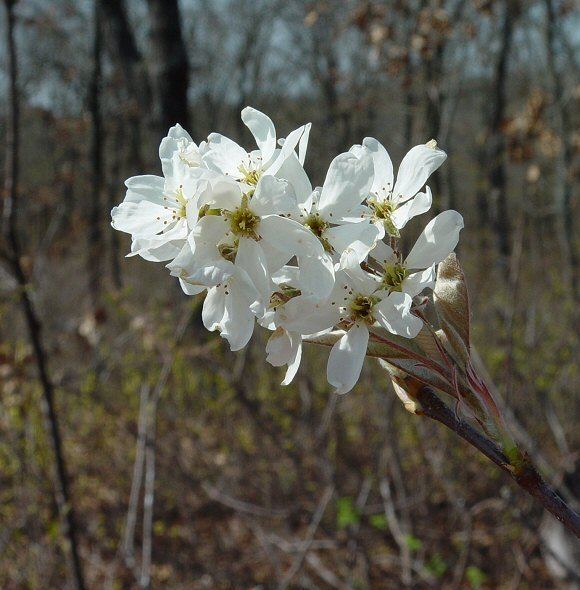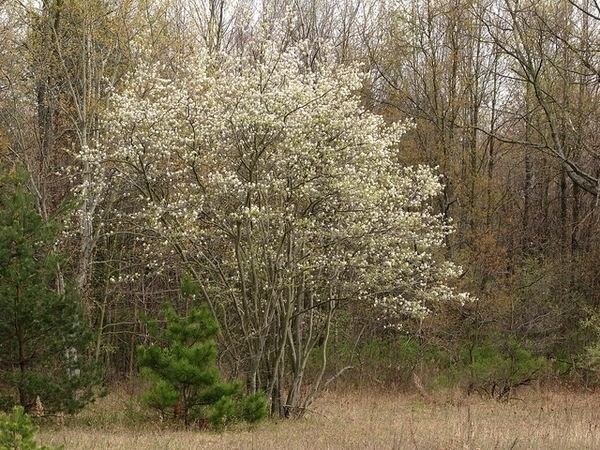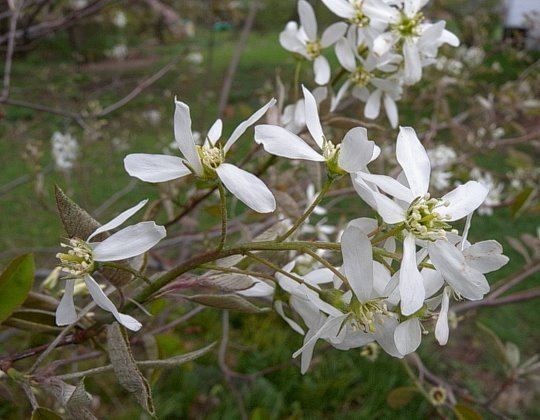Rank Species | Genus Amelanchier Higher classification Shadbush | |
 | ||
Similar Shadbush, Amelanchier laevis, Amelanchier lamarckii, Amelanchier × grandiflora, Amelanchier canadensis | ||
Amelanchier arborea
Amelanchier arborea (downy serviceberry or common serviceberry), is native to eastern North America from the Gulf Coast north to Thunder Bay in Ontario and Lake St. John in Quebec, and west to Texas and Minnesota.
Contents
- Amelanchier arborea
- Autumn brilliance amelanchier arborea and winterberry hollies nj
- Cultivation
- References

Amelanchier arborea is generally 5–12 metres (16–39 ft) tall. Occasionally, it can grow up to 20 metres (66 ft) tall and reach into the overstory. The trunk can be up to 15 cm diameter (rarely to 40 centimetres (16 in) diameter). The bark is smooth and gray.

The buds are slender with a pointed tip, and usually more than two scales visible. The leaves are ovate or elliptical, 4–8 centimetres (1.6–3.1 in) (rarely 10 centimetres (3.9 in)) long and 2.5–4 centimetres (0.98–1.57 in) wide, with pointed tips and finely serrated margins. A characteristic useful for identification is that the young leaves emerge downy on the underside. The fall color is variable, from orange-yellow to pinkish or reddish.

It has perfect flowers that are 15–25 millimetres (0.59–0.98 in) diameter, with 5 petals, emerging during budbreak in early spring. The petals are white. Flowers are produced on pendulous racemes 3–5 centimetres (1.2–2.0 in) long with 4-10 flowers on each raceme. The flowers are pollinated by bees. The fruit is a reddish-purple pome, resembling a small apple in shape. They ripen in summer and are very popular with birds.
It also commonly hybridizes with other species of Amelanchier, the hybrid Amelanchier × grandiflora being one example, and identification can be very difficult as a result.
Autumn brilliance amelanchier arborea and winterberry hollies nj
Cultivation
This species tolerates varying light levels, but is at its best in full sun. It requires good drainage and air circulation and should be watered during drought. It is often confused with other species in the nursery trade. Propagation is by seed, divisions and grafting.
The fruit is drier than some other serviceberries, and it is harvested locally for pies and jams; they were also used by Native Americans to make bread.
